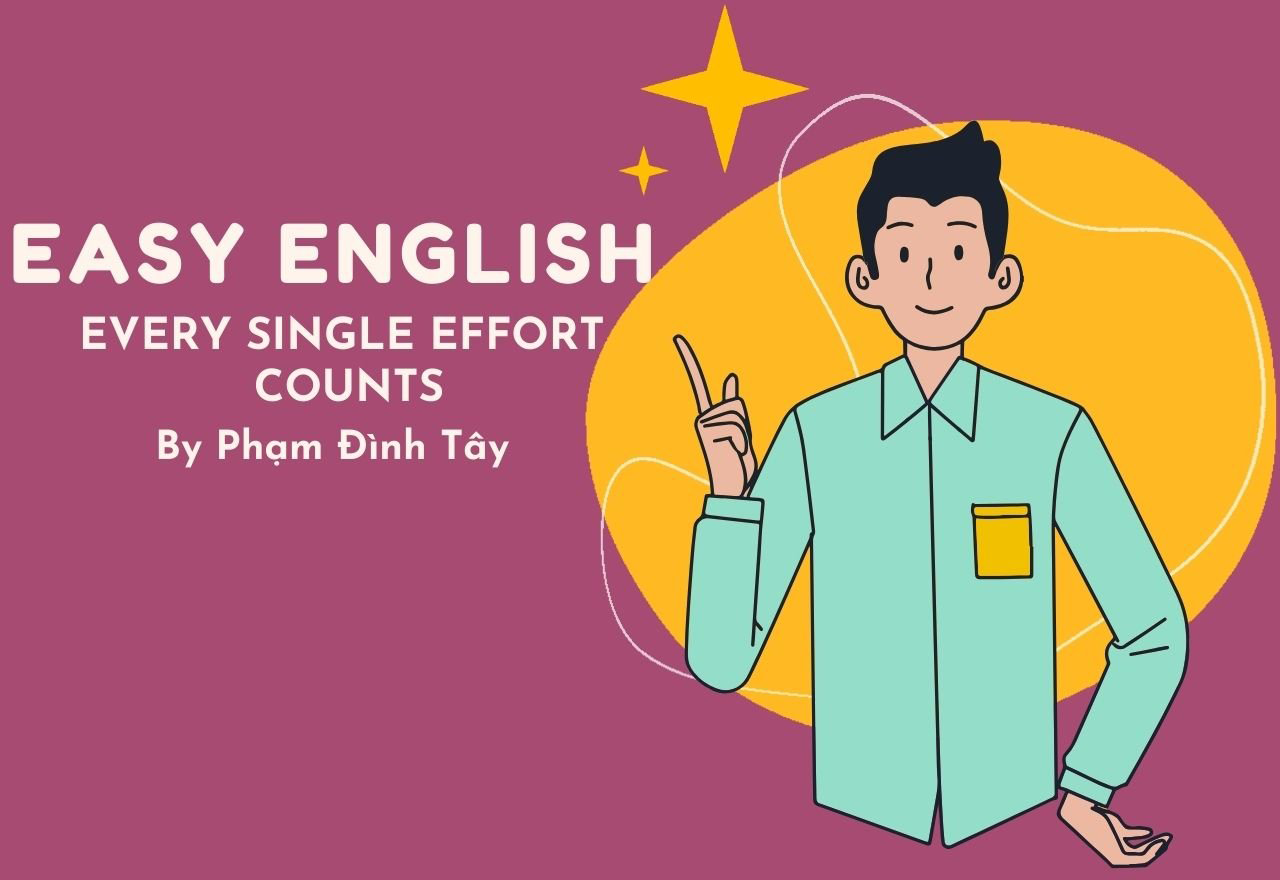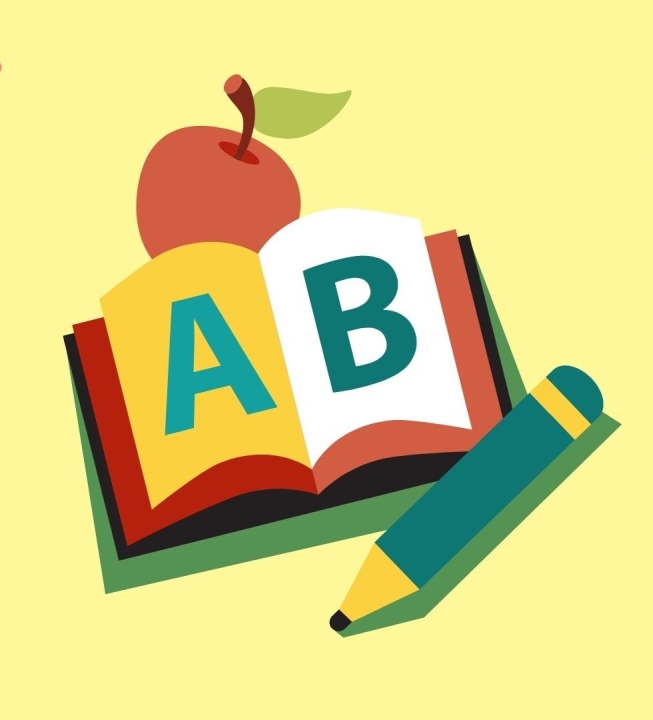What's That Feeling?Can you name your feelings? This is an important skill. It is called emotional intelligence. All feelings are normal. Naming them can help you understand them better. |
Cảm giác đó là gì?Bạn có thể đặt tên cho cảm xúc của mình không? Đây là một kỹ năng quan trọng. Nó được gọi là trí tuệ cảm xúc. Mọi cảm xúc đều bình thường. Đặt tên cho chúng có thể giúp bạn hiểu chúng tốt hơn.
|
|
You can feel happy.Some people like tasty treats. They smile or laugh when they get one. These are signs of happiness. What makes you happy?
|
Bạn có thể cảm thấy hạnh phúc.Một số người thích đồ ăn ngon. Họ mỉm cười hoặc cười lớn khi nhận được một món. Đây là dấu hiệu của hạnh phúc. Điều gì làm bạn hạnh phúc?
|
|
You can feel sad.Sadness can make you frown or cry. You might not have much energy. Who helps you when you are sad?
|
Bạn có thể cảm thấy buồn.Nỗi buồn có thể khiến bạn cau mày hoặc khóc. Bạn có thể không có nhiều năng lượng. Ai giúp bạn khi bạn buồn?
|
|
You can feel anxious.Do you feel nervous or worried? Squeeze something soft for comfort. Or talk to a trusted adult.
|
Bạn có thể cảm thấy lo lắng.Bạn có cảm thấy lo lắng hay căng thẳng không? Hãy bóp một vật mềm để được thoải mái. Hoặc nói chuyện với người lớn đáng tin cậy.
|
|
You can feel angry.Anger is a strong feeling. You might put your hands on your hips or stomp your feet. Taking deep breaths can help.
|
Bạn có thể cảm thấy tức giận.Giận dữ là một cảm giác mạnh mẽ. Bạn có thể chống tay lên hông hoặc dậm chân. Hít thở sâu có thể giúp ích.
|
Vocabulary List
-
Feeling (noun) /ˈfiː.lɪŋ/: An emotional state or reaction.
Vietnamese: Cảm xúc
Example: She had a warm feeling of happiness after meeting her friend. -
Name (verb) /neɪm/: To give someone or something a title or label.
Vietnamese: Đặt tên
Example: Can you name all the emotions you know? -
Important (adjective) /ɪmˈpɔːr.tənt/: Of great significance or value.
Vietnamese: Quan trọng
Example: It’s important to recognize how you feel. -
Emotional Intelligence (noun) /ɪˌmoʊ.ʃən.əl ɪnˈtel.ɪ.dʒəns/: The ability to understand and manage emotions.
Vietnamese: Trí tuệ cảm xúc
Example: Emotional intelligence helps in building better relationships. -
Normal (adjective) /ˈnɔːr.məl/: Usual, typical, or expected.
Vietnamese: Bình thường
Example: Feeling sad sometimes is completely normal. -
Happy (adjective) /ˈhæp.i/: Feeling or showing pleasure.
Vietnamese: Hạnh phúc
Example: She was happy to receive a tasty treat. -
Tasty Treat (noun) /ˈteɪ.sti triːt/: Something delicious to eat, often as a reward.
Vietnamese: Món ăn ngon miệng
Example: A chocolate cake is always a tasty treat. -
Smile (verb) /smaɪl/: To make a happy or friendly expression by curving your lips upward.
Vietnamese: Mỉm cười
Example: She smiled when she saw her friends. -
Laugh (verb) /læf/: To make sounds of amusement or joy.
Vietnamese: Cười lớn
Example: The joke was so funny that everyone laughed. -
Sign (noun) /saɪn/: A gesture or mark that conveys meaning.
Vietnamese: Dấu hiệu
Example: A smile is often a sign of happiness. -
Sad (adjective) /sæd/: Feeling unhappy or sorrowful.
Vietnamese: Buồn bã
Example: He felt sad when he lost his favorite toy. -
Frown (verb) /fraʊn/: To wrinkle your forehead to show disapproval or worry.
Vietnamese: Cau mày
Example: She frowned when she heard the bad news. -
Cry (verb) /kraɪ/: To shed tears as a response to emotion.
Vietnamese: Khóc
Example: The child cried after falling down. -
Energy (noun) /ˈen.ər.dʒi/: The strength and vitality for physical or mental activity.
Vietnamese: Năng lượng
Example: She has a lot of energy in the mornings. -
Anxious (adjective) /ˈæŋk.ʃəs/: Feeling worried or uneasy.
Vietnamese: Lo lắng
Example: He was anxious about his upcoming exam. -
Worried (adjective) /ˈwɜːr.id/: Troubled about actual or potential problems.
Vietnamese: Lo sợ
Example: She looked worried before her interview. -
Squeeze (verb) /skwiːz/: To press something firmly, often with your hands.
Vietnamese: Bóp, nặn
Example: He squeezed the stress ball to calm himself down. -
Soft (adjective) /sɔːft/: Not hard or firm to the touch.
Vietnamese: Mềm mại
Example: The pillow was soft and comfortable. -
Comfort (noun) /ˈkʌm.fərt/: A state of physical or emotional ease.
Vietnamese: Sự an ủi
Example: The hug provided her with comfort. -
Trusted (adjective) /ˈtrʌs.tɪd/: Regarded as reliable or dependable.
Vietnamese: Đáng tin cậy
Example: She shared her secret with a trusted friend. -
Angry (adjective) /ˈæŋ.ɡri/: Feeling strong displeasure or rage.
Vietnamese: Tức giận
Example: He was angry after being treated unfairly. -
Strong (adjective) /strɔːŋ/: Having great physical power or showing determination.
Vietnamese: Mạnh mẽ
Example: She is strong enough to handle the challenges. -
Hips (noun) /hɪps/: The sides of the body below the waist.
Vietnamese: Hông
Example: He placed his hands on his hips and sighed. -
Stomp Your Feet (verb phrase) /stɒmp jɔːr fiːt/: To hit the ground with your feet forcefully.
Vietnamese: Dậm chân
Example: The kids stomped their feet during the dance. -
Taking Deep Breaths (verb phrase) /ˈteɪ.kɪŋ diːp breθs/: Inhaling deeply and exhaling slowly to relax.
Vietnamese: Hít thở sâu
Example: She calmed herself by taking deep breaths.
REVIEW VOCABULARY
1. Completion Task
Complete the sentences using the words below. Each word is used once.
Words: feeling, name, important, emotional intelligence, normal, happy, tasty treat, smile, laugh, sign, sad, frown, cry
- She couldn’t hide her _______ when she saw the surprise party.
- Can you _______ one emotion you felt during the trip?
- It’s _______ to understand your emotions to communicate better.
- Developing _______ helps you manage relationships effectively.
- It’s _______ to feel nervous before a big test.
- He felt truly _______ after winning the competition.
- The puppy wagged its tail when it received a _______.
- Seeing the kids _______ filled her heart with joy.
- His funny joke made everyone _______ loudly.
- A rainbow is often seen as a _______ of hope.
- She felt _______ after saying goodbye to her best friend.
- His _______ showed that he didn’t agree with the decision.
- The baby started to _______ when it didn’t get what it wanted.
2. Word Form Task
Write the correct form of the word in parentheses to complete each sentence.
- The _______ (feel) of excitement was hard to describe.
- We can _______ (name) this project “Happiness Tracker.”
- He understood the _______ (important) of showing kindness to others.
- Developing your _______ (emotion) skills takes practice.
- It’s _______ (normal) to feel a mix of emotions during changes.
- She shared her _______ (happy) with everyone at the celebration.
- The dessert was a _______ (taste) surprise for everyone.
- The teacher’s encouraging words made the students _______ (smile).
- His jokes always make the class burst into _______ (laugh).
- A simple gesture, like a _______ (sign), can mean so much.
3. Synonym Matching Task
Match the words with their closest synonyms.
| Words | Synonyms |
|---|---|
| 1. Sad | a. Expression |
| 2. Smile | b. Natural |
| 3. Frown | c. Sorrowful |
| 4. Normal | d. Unhappy |
| 5. Sign | e. Cheerful gesture |
| 6. Cry | f. Tearful reaction |
| 7. Emotional intelligence | g. Empathy |
| 8. Important | h. Significant |
4. Gap-Fill Task (Paragraph Form)
Use the word bank below to fill in the gaps in the paragraph. Each word is used only once.
Word Bank: angry, energy, anxious, worried, squeeze, soft, comfort, trusted, strong, hips, stomp your feet, taking deep breaths
When we feel _______ or stressed, it’s natural to react physically. For example, some people _______ their fists or _______ to release tension. Others may place their hands on their _______ and take a deep breath to calm down. _______ techniques, such as _______ _______ _______ slowly, can help manage anxiety. In moments of uncertainty, people often turn to a _______ friend for advice or _______. When your emotions feel overwhelming, remember that you’re _______ and can face challenges with determination. Surround yourself with _______ materials like a cozy blanket for extra _______ and warmth.
5. Multiple-Choice Task
Choose the correct answer for each question.
-
What does "feeling" mean?
a) A type of object
b) An emotional state
c) A way to run
d) A physical gesture -
What word describes showing pleasure with your lips?
a) Frown
b) Cry
c) Smile
d) Laugh -
What is a “tasty treat”?
a) A funny joke
b) A delicious snack
c) A form of exercise
d) A type of animal -
Which word means “to shed tears as a reaction to emotion”?
a) Frown
b) Cry
c) Smile
d) Sign -
What is “emotional intelligence”?
a) The ability to count numbers
b) The skill of understanding and managing emotions
c) A way to eat healthily
d) The technique of physical exercise
Answer Keys
Completion Task:
- feeling
- name
- important
- emotional intelligence
- normal
- happy
- tasty treat
- smile
- laugh
- sign
- sad
- frown
- cry
Word Form Task:
- feeling
- name
- importance
- emotional
- normal
- happiness
- tasty
- smile
- laughter
- sign
Synonym Matching Task:
1 - d
2 - e
3 - a
4 - b
5 - a
6 - f
7 - g
8 - h
Gap-Fill Task:
- anxious
- stomp your feet
- squeeze
- hips
- Taking deep breaths
- trusted
- comfort
- strong
- soft
- energy
Multiple-Choice Task:
- b
- c
- b
- b
- b

